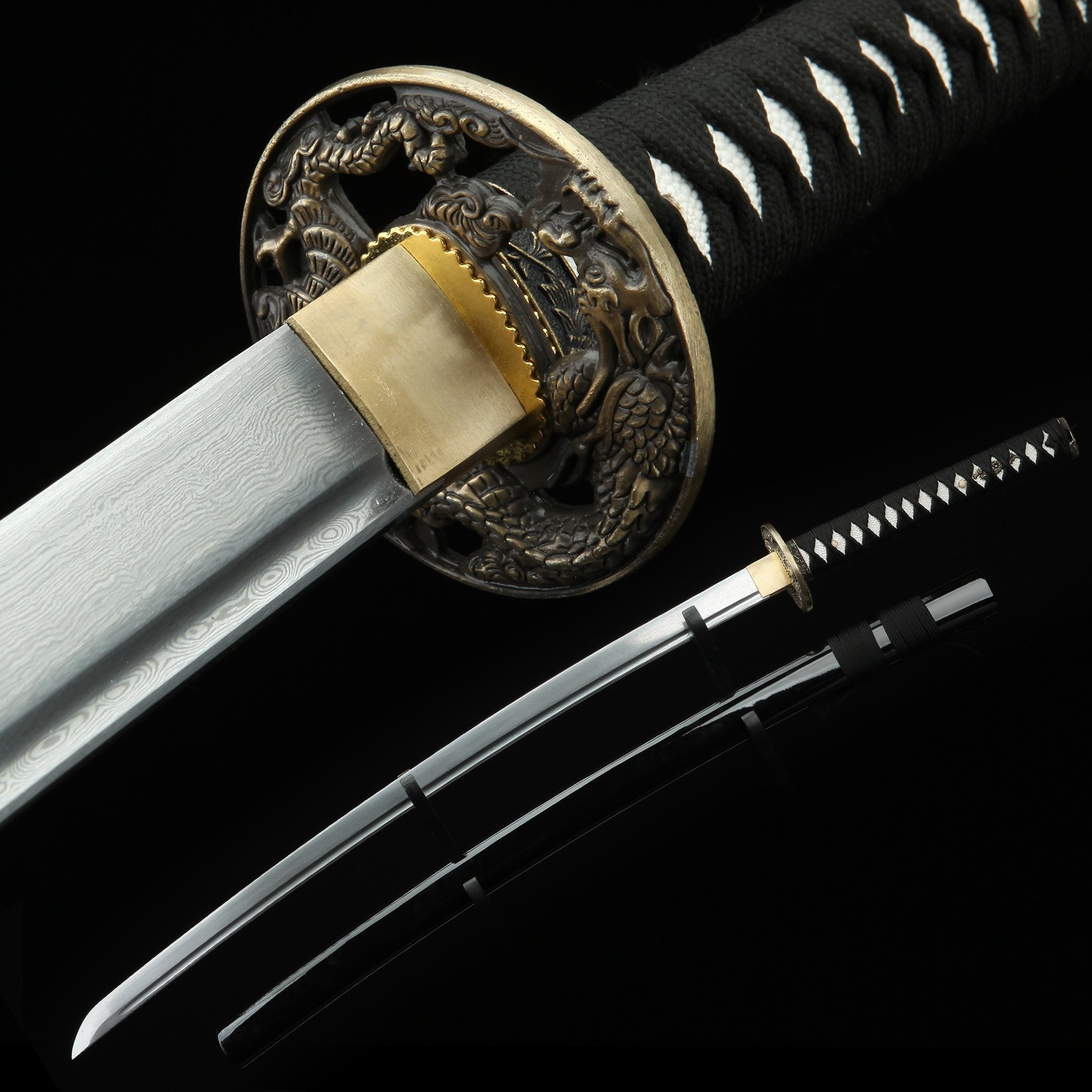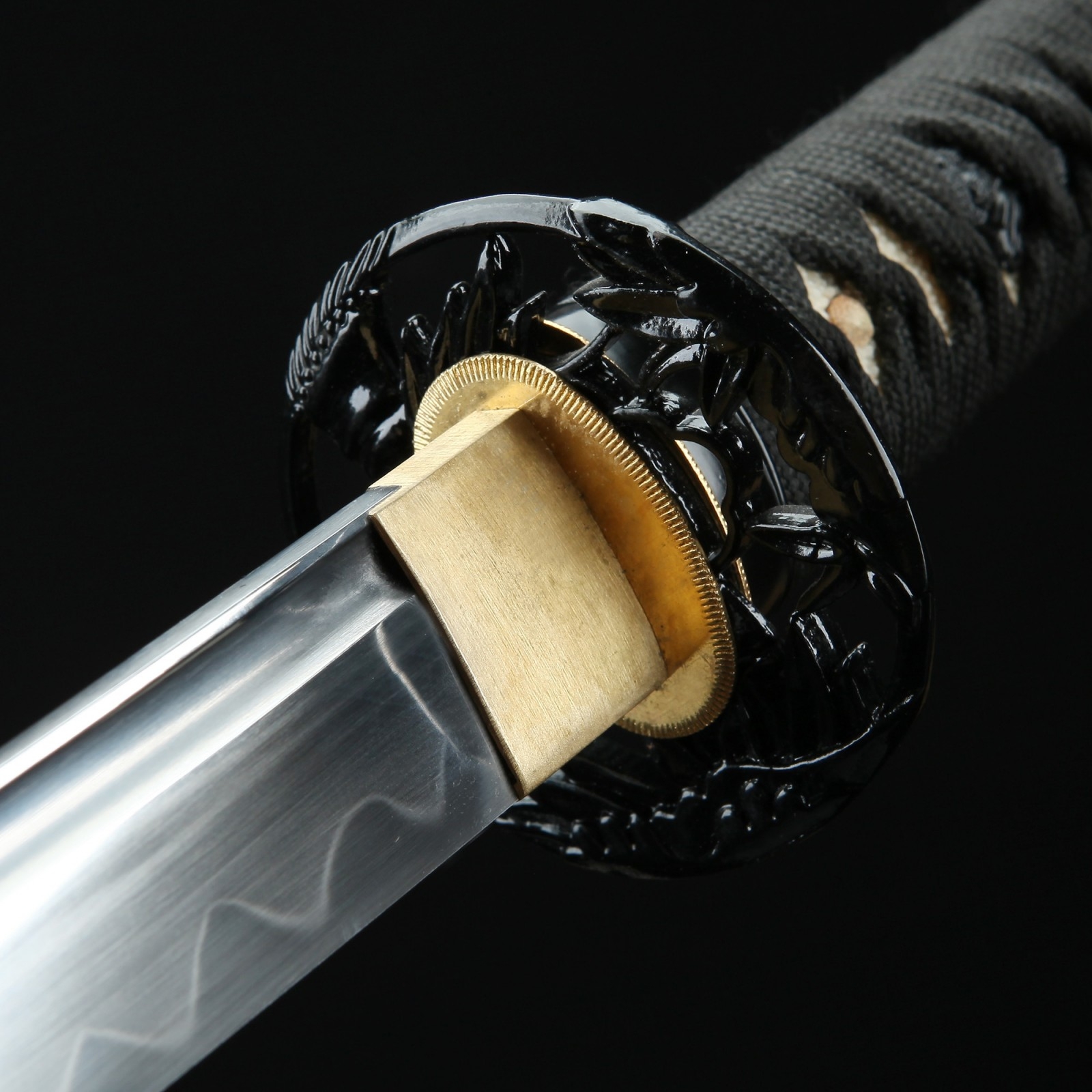Katana Kambot - Exploring Blade Characteristics
For anyone curious about what makes certain traditional blades stand out, there's quite a bit to consider beyond just how they look. When you first get your hands on something like a "katana artist 100 gen ii," the excitement is, well, pretty real, but sometimes the setup process, like getting software downloads sorted, can feel a bit frustrating, almost enough to make you throw your hands up. It's a common experience, frankly, where the promise of a fine item meets the reality of getting it ready for action.
You see, the actual working part of a katana, its edge, is made to be very firm, which means it keeps a sharp cut for a good while. That, in some respects, is a big part of why these swords are so respected for their cutting ability. But, as with anything that meets force, a strong hit against another blade or a hard surface can cause little bits to come off or the edge to lose some of its keenness. It’s just how materials react under stress, you know?
So, the best approach for someone using such a tool is often to deal with things directly before they become a bigger issue. This idea of preparing ahead applies to many aspects of handling these items, from how you wear them – whether the cutting side faces up when tucked into a belt, or hangs down from a holder – to understanding the finer points of their creation. It’s all part of appreciating what these special tools are all about, honestly.
Table of Contents:
- Understanding the Katana Edge - What Makes It So Special for Katana Kambot?
- Wearing a Katana and its Kambot Implications
- Slicing or Shearing - How a Katana Kambot Works?
- Getting the Right Grind for Your Katana Kambot?
- Restoring an Older Katana Kambot
- Grip and Balance in Katana Kambot Practice
- The Meaning of "Clean" for Your Katana Kambot
- The Blade Specs of a Katana Kambot
Understanding the Katana Edge - What Makes It So Special for Katana Kambot?
When you consider the cutting side of a katana, or indeed, most swords, it has a very firm structure. This firmness helps it keep a good, keen edge for a decent amount of time, which is pretty important for its intended use. However, that firmness also means it can, you know, get small pieces broken off or lose its sharpness if it hits another blade or something else hard. It’s a trade-off, really, between keeping a fine edge and how it reacts to impacts. So, in some respects, thinking about how to keep that edge in good shape is a big part of owning one.
The ideal approach, it seems, is to address things before they become a problem. This means, in a way, ensuring whatever you're cutting is handled directly and efficiently. This idea applies to many aspects of working with these items. The way the edge behaves under different forces is, well, something to learn about. It's not just about how sharp it is, but also about the material's ability to resist damage from sudden force. This balance is a key part of what makes a katana's edge what it is, and it definitely plays a role in any "katana kambot" activities you might be thinking about.
Wearing a Katana and its Kambot Implications
How a katana is worn is quite specific, and it tells a story about its purpose and history, too it's almost like a language in itself. Typically, katanas are carried with their cutting side pointing upwards when slipped through a belt. This is different from a tachi, which usually hangs from a holder with its cutting side facing down. These small details are actually quite significant when you think about the traditions and the quick movements a person might need to make with the blade. It shows a clear difference in how each type of sword was meant to be used and drawn.
If you want to be completely precise, the traditional measuring system from Japan, using units like shaku and sun, helps to describe these items with great exactness. That, you know, is how people would talk about the dimensions of these swords for a very long time. Understanding these old ways of measuring gives you a deeper connection to the items themselves and the people who made and used them. It's a bit like learning an old dialect; it opens up a whole new level of appreciation for the details that matter in the world of "katana kambot" and its related practices.
Slicing or Shearing - How a Katana Kambot Works?
A katana is generally better suited for a slicing movement, and you can see why when you look at its rather deep curve. This curve helps the blade draw through material, making a clean, long cut. It’s a very different kind of action compared to, say, a kukri. A kukri, on the other hand, is more about a shearing movement, because its edge is much more noticeable when it’s used in a dragging or chopping way. So, you have two very distinct approaches to cutting, each suited to the particular shape of the blade and its intended function.
This difference in how the blades interact with what they cut is actually quite important. The katana's curve helps it to glide and sever, making it effective for certain kinds of targets. The kukri, with its more pronounced edge, applies force differently, allowing for a more direct, almost splitting action. It's really about the geometry of the blade meeting the resistance of the material. This distinction is something to keep in mind when considering the practical applications of a "katana kambot" and how different blade shapes lead to different results.
Getting the Right Grind for Your Katana Kambot?
There's often a question or a request for ideas about

Dragon Tsuba Black Katana Pattern Stahl Japanische Samuraischwerter

Hand Forged Clay Tempered Blade Black Real Katana Samurai Swords

LF Sword Bamboo Tsuba Gold Katana Full Tang Real Japanese Samurai